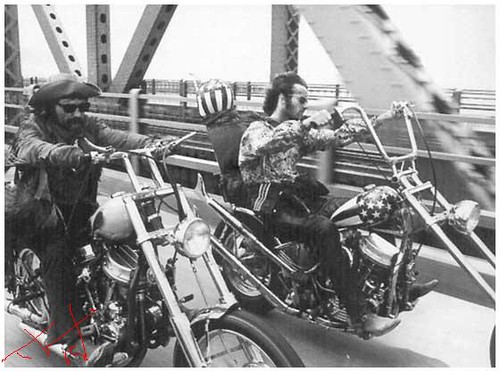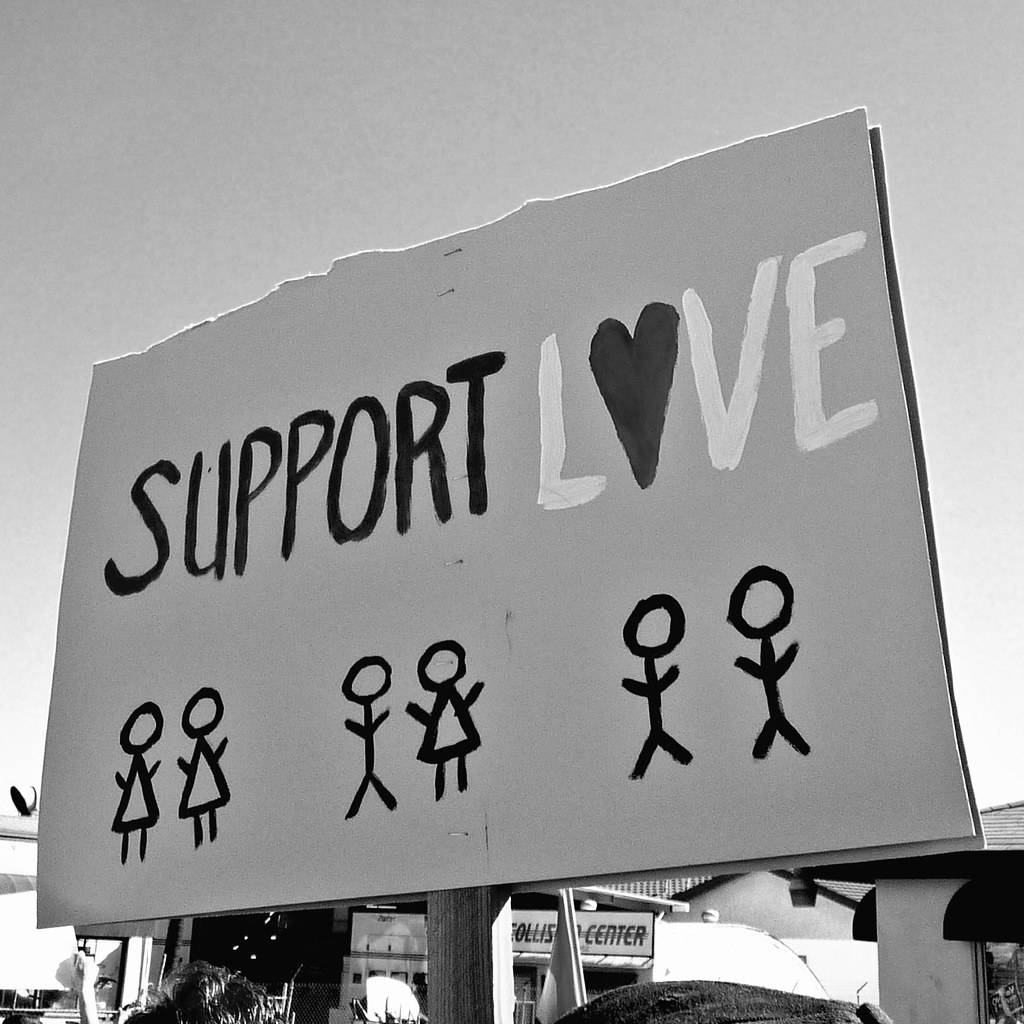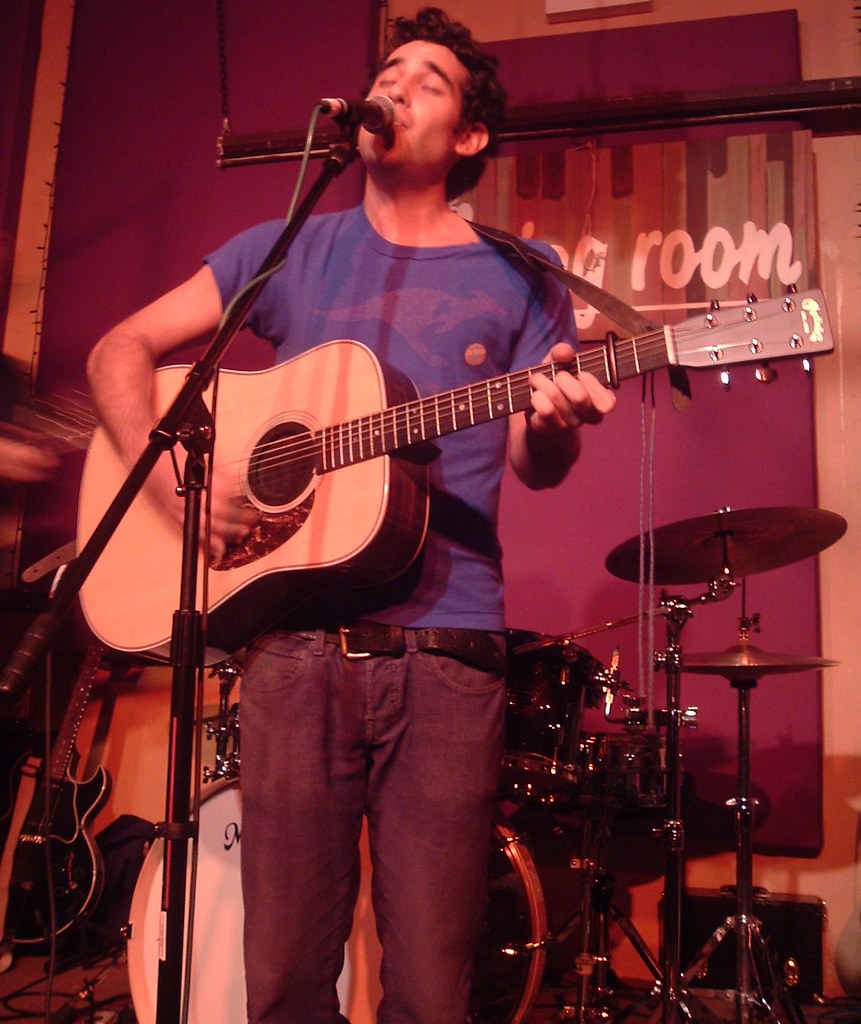Shaft represents a cool that is liberating for African Americans. It was the first time to see a cool, Black, leading character in a popular movie. I don’t want to diminish the importance of Shaft as a ground-breaking movie for African Americans. At the same time, I don’t feel like Shaft would qualify as cool in 2009. I don’t think that any of the characters we have examined from Bogart to Wyatt would be cool if they were living today. Their cool was a matter of timing. Some bands like AC/DC, The Beatles, Elvis, and Nirvana are still cool, in their own rights; however, if they were starting today, they wouldn’t have the same impact. Rock and Roll is here, so someone like Elvis shaking his hips wouldn’t be so cool anymore. A major ingredient for cool is innovation and revolution. We can appreciate these past icons of cool for what they were then and the aspects of their personal style that have transformed and in some way carried on to our own version of cool in contemporary society, but they would not be the same today as they were then. Cool is in some ways a matter of timing because there are so many factors that contribute to “cool” that it has to be the right time and place for someone to reach their full potential of cool.
Examining cool through film, we will necessarily have to focus on the super-masculine, tough-guy image for most of history. This is not to say we don’t still see flashes of this image in movies geared towards men like Fast and the Furious and Bourne Identity, but now these characters have a sensitive side, are more dynamic than in the past, and are forced to deal with much stronger female characters. The closer we get in the time line to current society and current movies, the more we see an abandonment of this traditional image to a more unique and diverse image of cool. Especially today with more and more female leading characters, women are beginning to make their mark on the image of cool.







